Here, I made a simple variant of trebuschet to see the physics of it.
-Controls-
When the long arm reaches the same angle as the red part, AVG 1.
Sadly, the launch is working only with slow motion, sorry mobile users))
-How does the trebuschet work-
A trebuchet consists primarily of a long beam attached by an axle suspended high above the ground by a stout frame and base, such that the beam can rotate vertically through a wide arc (typically over 180°). A sling is attached to one end of the beam to hold the projectile. The projectile is thrown when the beam is quickly rotated by applying force to the opposite end of the beam. The mechanical advantage is primarily obtained by having the projectile end of the beam much longer — usually four to six times the length of the force-applied end.[3] Counterweight trebuchets are powered by gravity; potential energy is stored by slowly raising an extremely heavy weight box (typically filled with stones, sand, or lead) attached by a hinged connection to the shorter end of the beam, and releasing it on command. Traction trebuchets are human powered; on command, men pull ropes attached to the shorter end of the trebuchet beam. The difficulties of coordinating the pull of very many men together repeatedly and predictably makes counterweight trebuchets preferable for the larger machines, though they are more complicated to engineer.[4] Further increasing their complexity is either winches or treadwheels, aided by block and tackle, are typically required to raise the more massive counterweights. So while counterweight trebuchets require significantly fewer men to operate than traction trebuchets, they require significantly more time to reload. In a long siege, reload time may not be a critical concern.
If you read it all, you are great!
Specifications
General Characteristics
- Created On Windows
- Wingspan 37.7ft (11.5m)
- Length 61.5ft (18.8m)
- Height 44.2ft (13.5m)
- Empty Weight 16,701lbs (7,575kg)
- Loaded Weight 132,545lbs (60,121kg)
Performance
- Wing Loading 8,209.2lbs/ft2 (40,081.1kg/m2)
- Wing Area 16.1ft2 (1.5m2)
- Drag Points 19494
Parts
- Number of Parts 168
- Control Surfaces 0
- Performance Cost 726

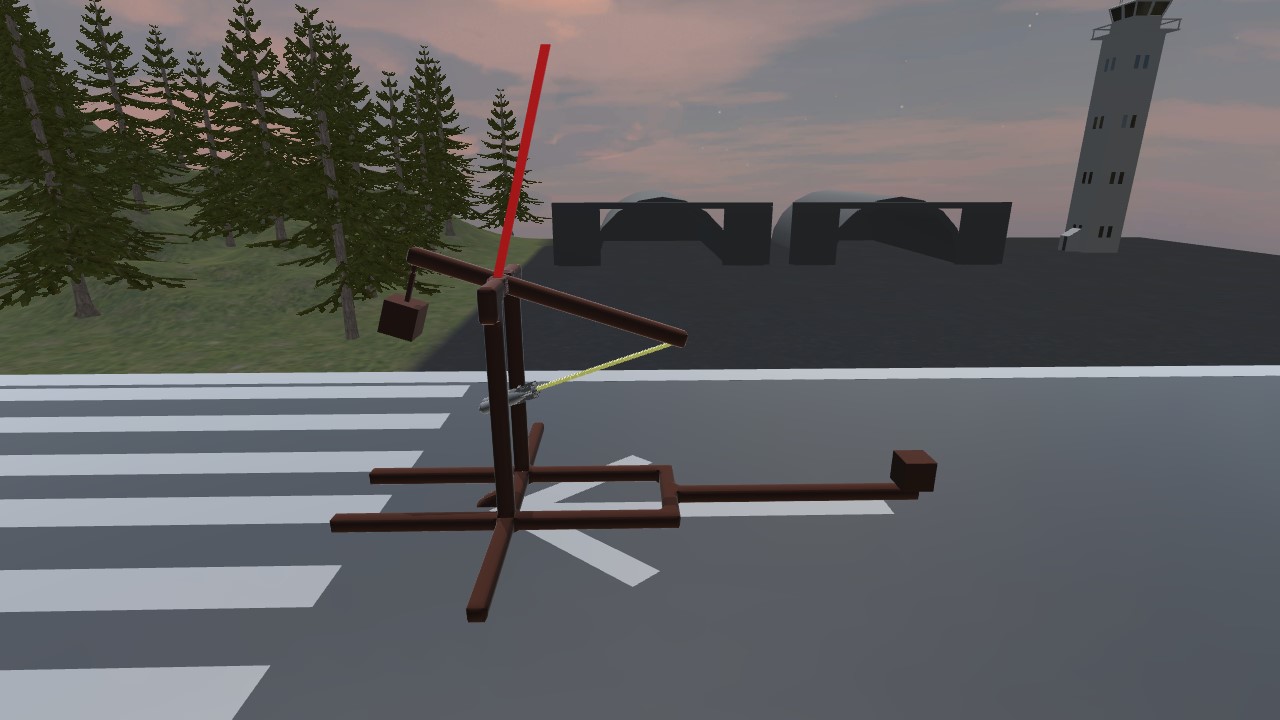
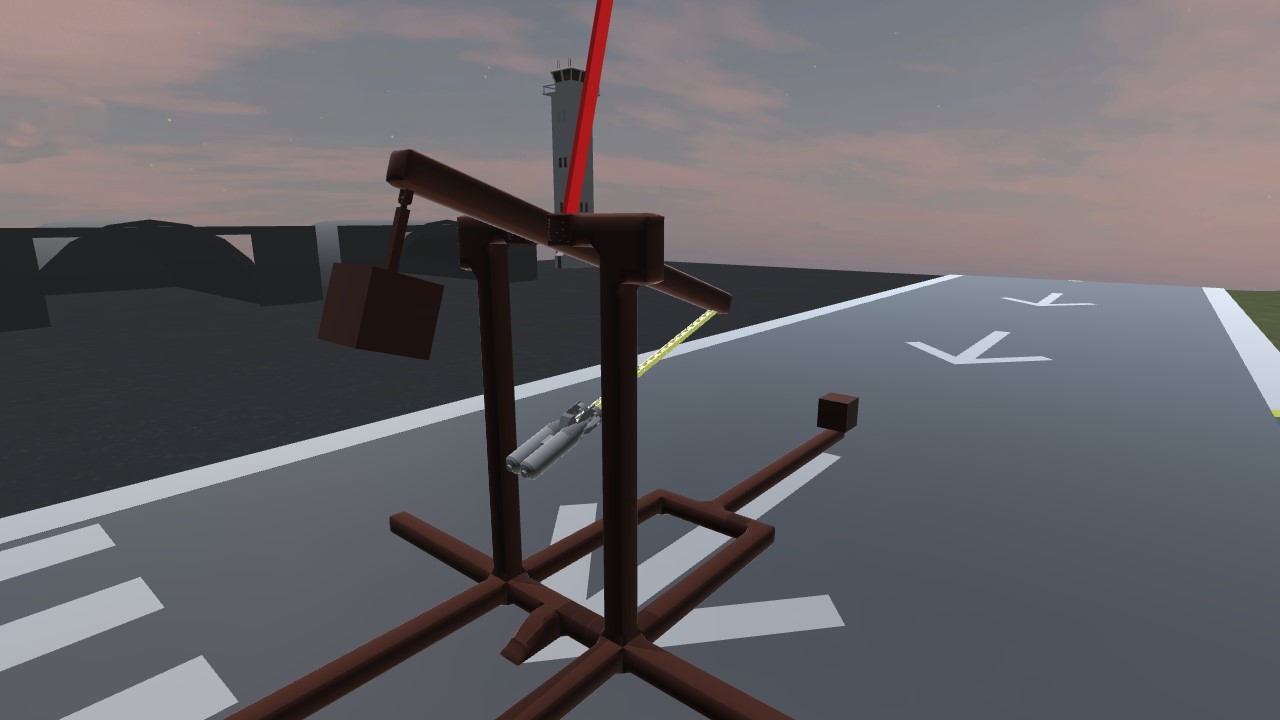
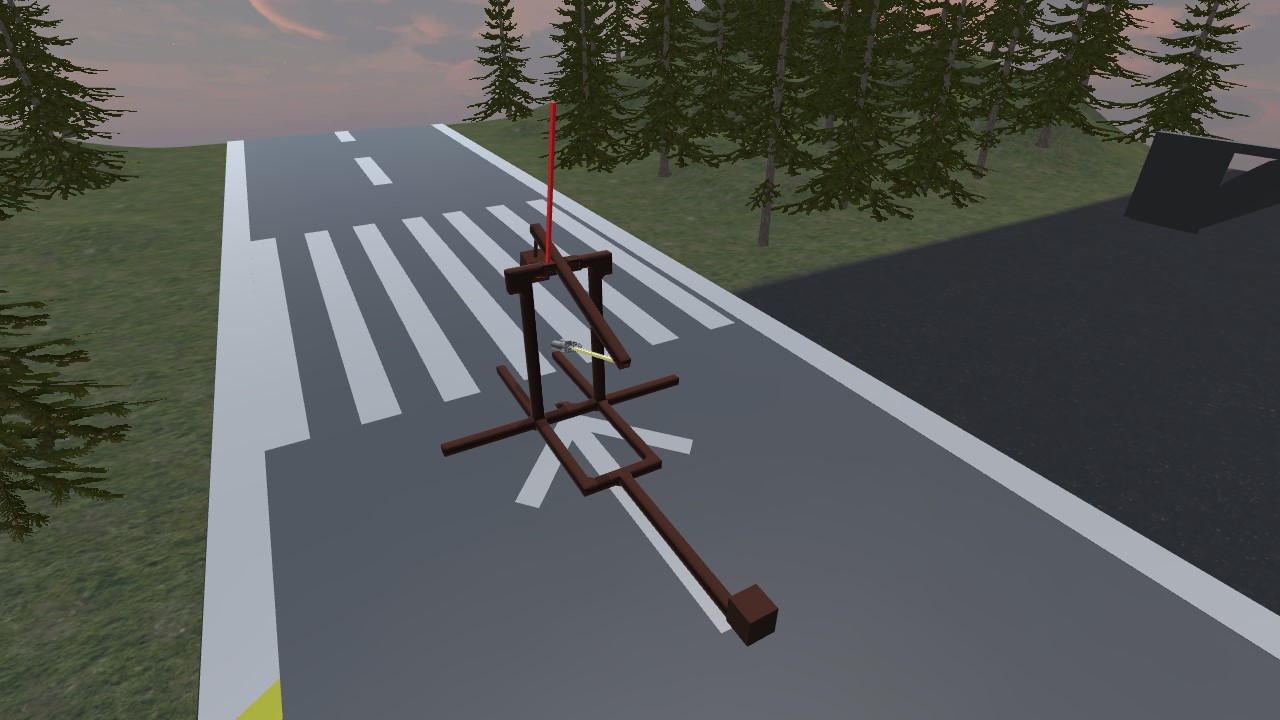
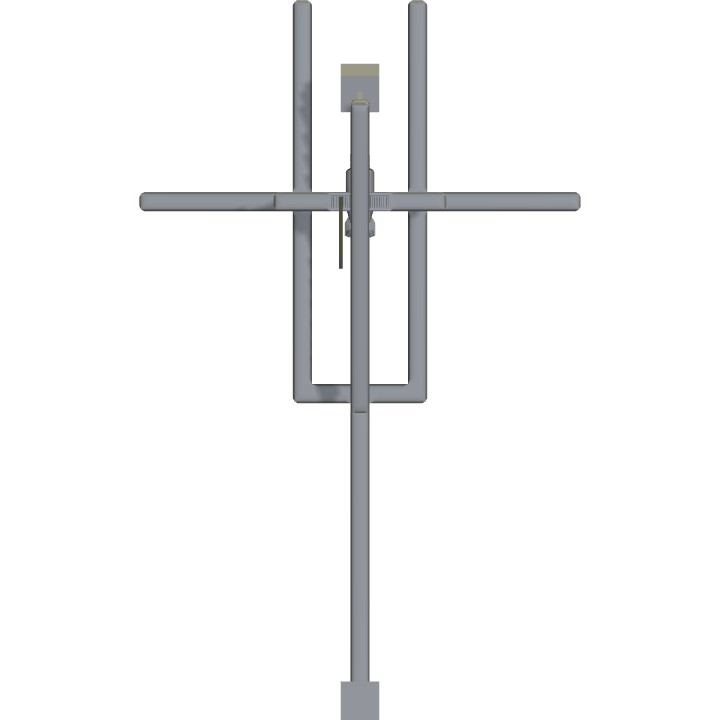
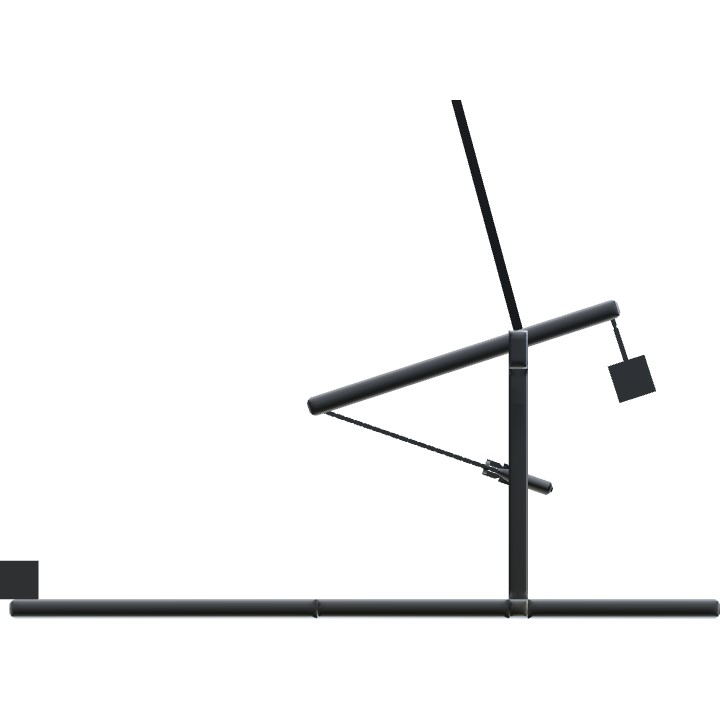
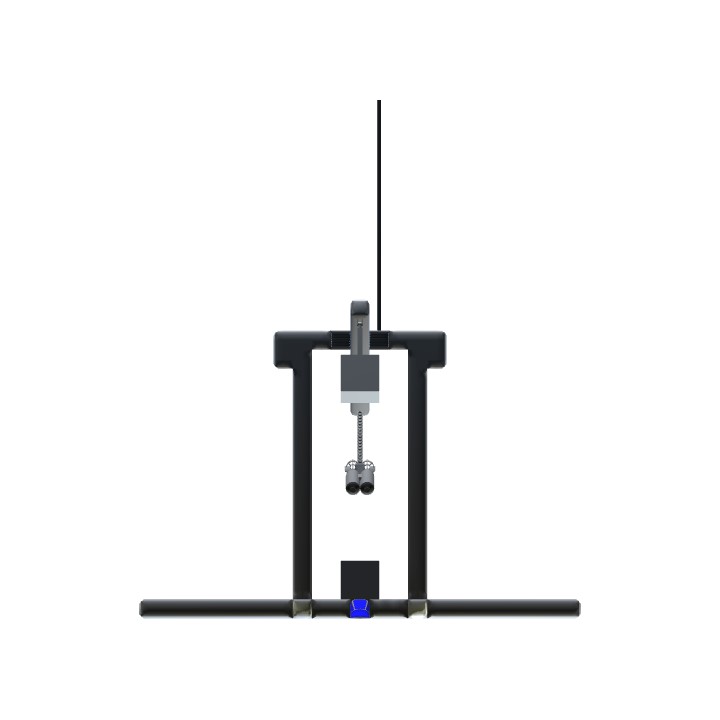
Increase the hp of the hinges